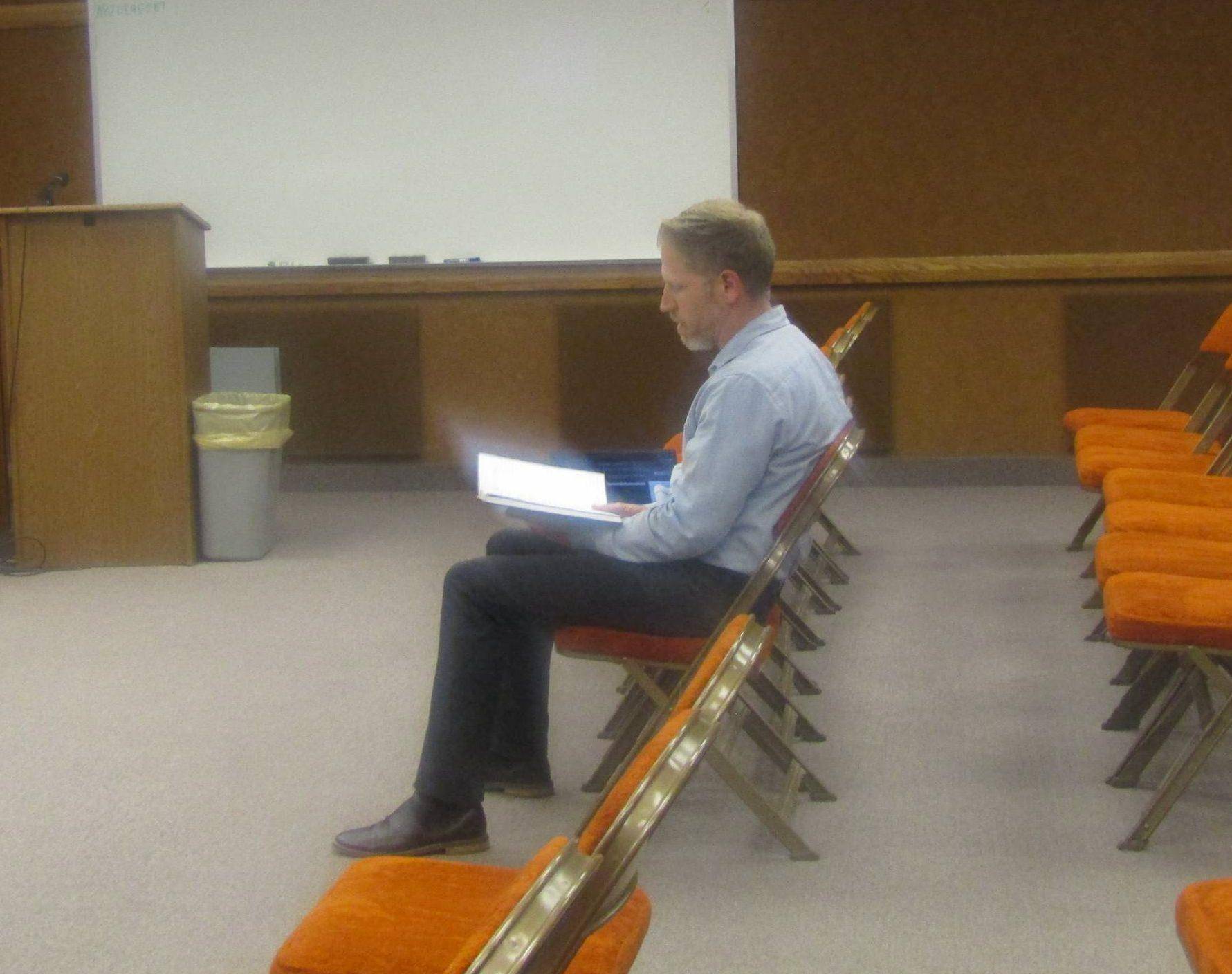By Julie Johansen
Dr. Jeremy Pearson, Director of the San Rafael Energy Research Center (SRERC), shared a report on the center at the San Rafael Special Service District meeting last week.
He first reported that the SRERC’s application for a Radioactive Material License is in its final stages of review and approval with the Utah Department of Environmental Quality. This license will allow the center to safely perform research on uranium-bearing salt and materials.
Jaron Wallace is the center’s new Radiation Safety Officer and is working on a new radiation safety manual for the center. A wage increase for Wallace was approved at the meeting for completion of the radiation safety training and the delegation of authority.
Pearson continued with facility utilization reports. He stated that Jacob Christensen, a PhD student at Brigham Young University (BYU) in the Chemical Engineering Department, has begun a contract to perform his doctoral research at the center utilizing glove boxes, furnaces and other equipment at the center.
Professor Devin Rappleye, also in the BYU Chemical Engineering Department, plans to visit the center soon with his students to see if they can utilize the equipment for their research on molten salt applications. The equipment at the center could be very useful for their study.
This summer, the center hosted two undergraduate interns, Fletcher Smith from BYU and Chole Kockler from the University of Utah. Smith has been helping with molten salt research on the nuclear side and advanced combustion on the coal side. He has been working with Dr. Fry and also helping to identify funding sources for Integrate Energy Systems research that can benefit both the nuclear and coal side.
Kockler helped in three main areas: desalination research, advanced radiological fabrication facility RFPs and NQA1 (Nuclear Quality Assurance 1). Desalination research on salty or brackish waters could prove to become a new source of freshwater for Utah in the future. Kockler prepared reports on brine aquifers in Utah, comparing the research of practices in Israel where water conservation and desalination operations are well established with the U.S., where we are still learning.
Kockler prepared a draft of a request for proposal to be distributed to engineering firms that could design and construct a radiological facility at SRERC. She also researched and reported what the requirements are for the center to obtain certification to become a Nuclear Quality Assurance 1 facility.
The center will be engaging in four new exciting projects with the $3,215,000 federal appropriation the center received last year with help from Cody Stewart, Congressmen John Curtis’ office and Senator Mitt Romney’s office. These funds will support the acquisition of an advanced Focused Ion Beam Scanning Electron Microscope. This large microscope will help with advanced nuclear and combustion research as well as hydrogen electrolysis cell research.
Additionally, the funds will expand hydrogen study by working with OxEon to study hydrogen production. The coal furnace will be retrofitted to circulate molten lead and transfer that heat to the currently installed supercritical CO2 systems. A desalination study with Altris Energy to bring their NASA award winning desalination technology to the center for testing on brackish water produced from oil and gas wells is also in the works. This study could produce fresh water for drinking and agriculture. Briny mineral water could be a source of critical minerals.
The SRERC anticipates obtaining additional federal funding and collaborating with national research labs and local universities on these integrated energy systems studies.

